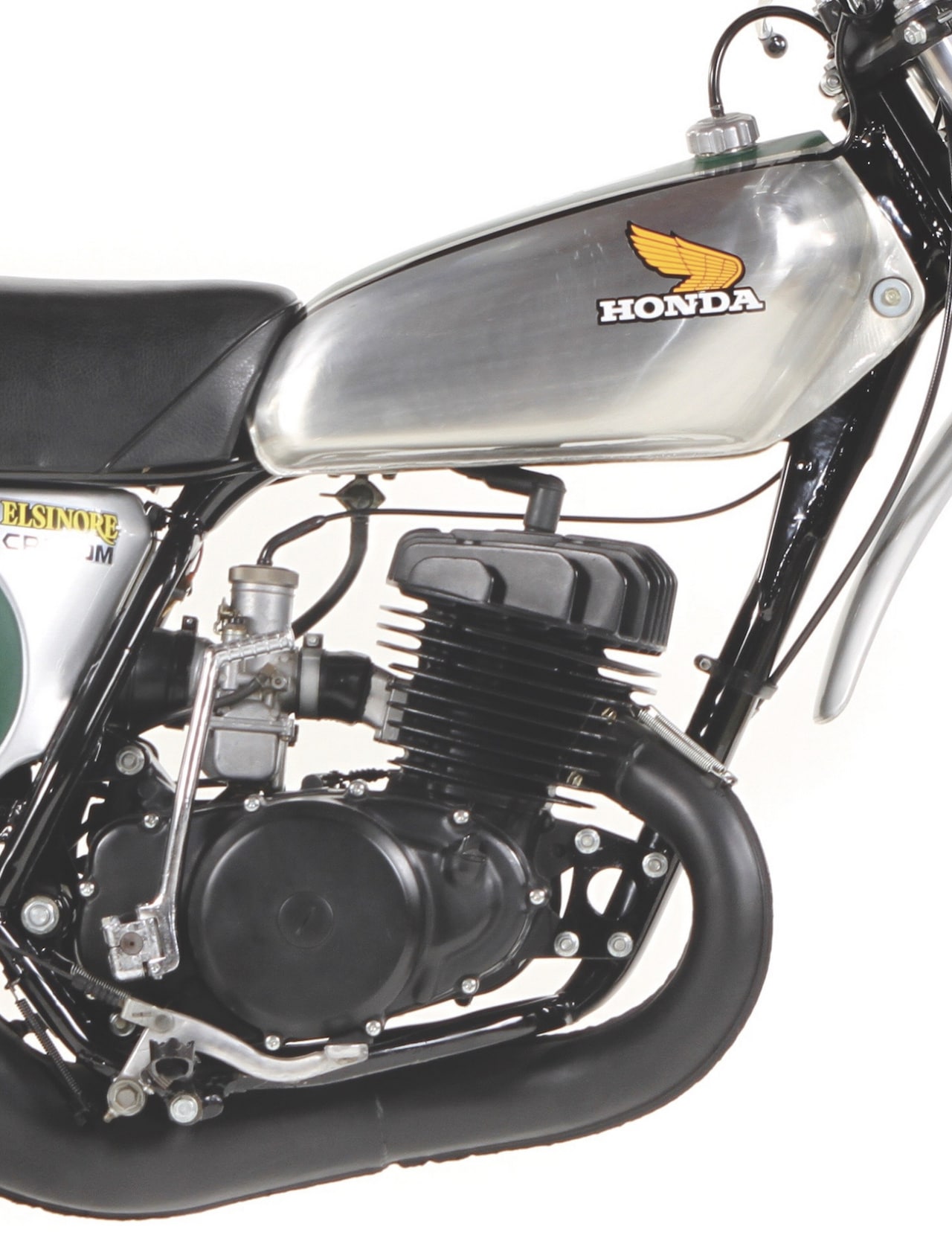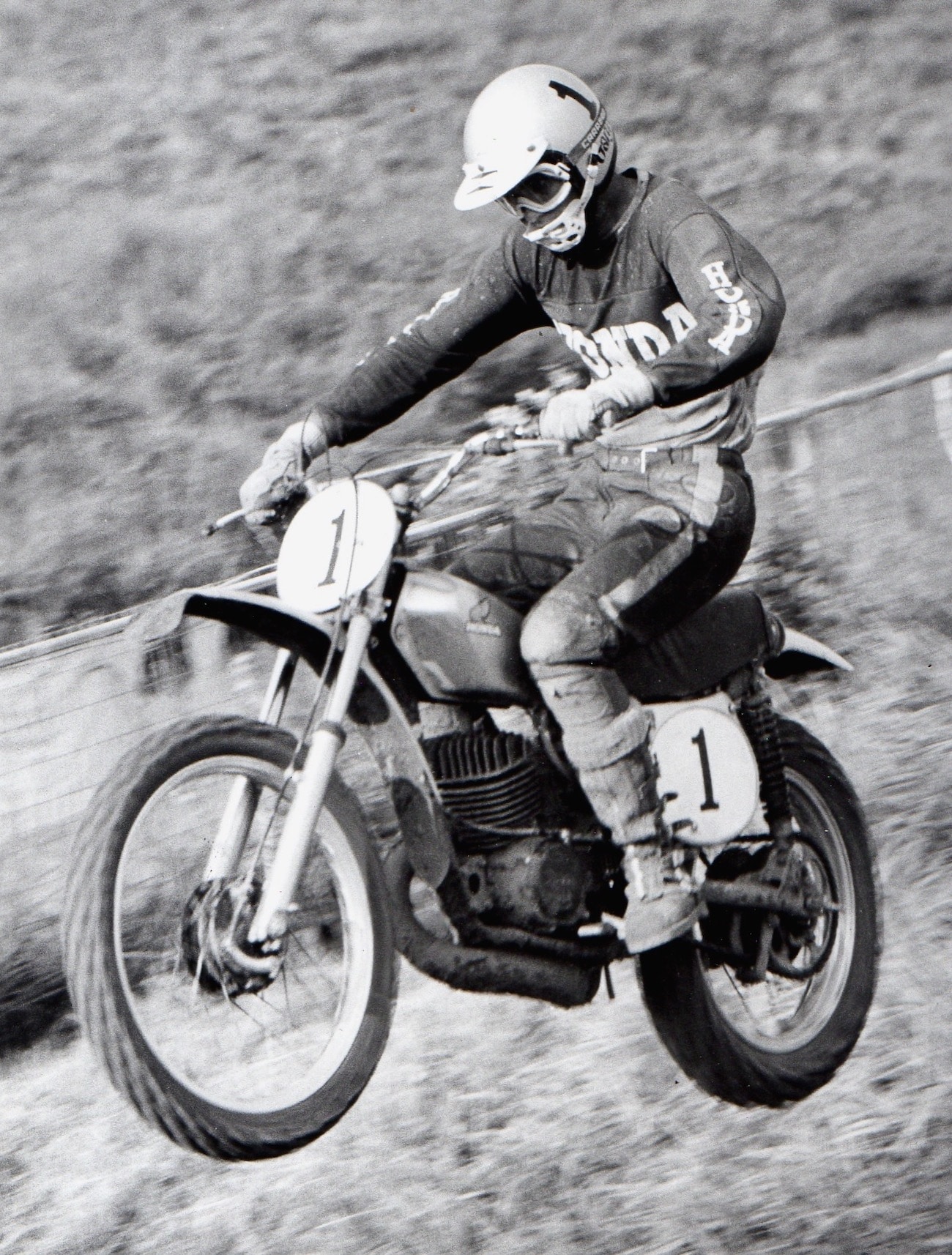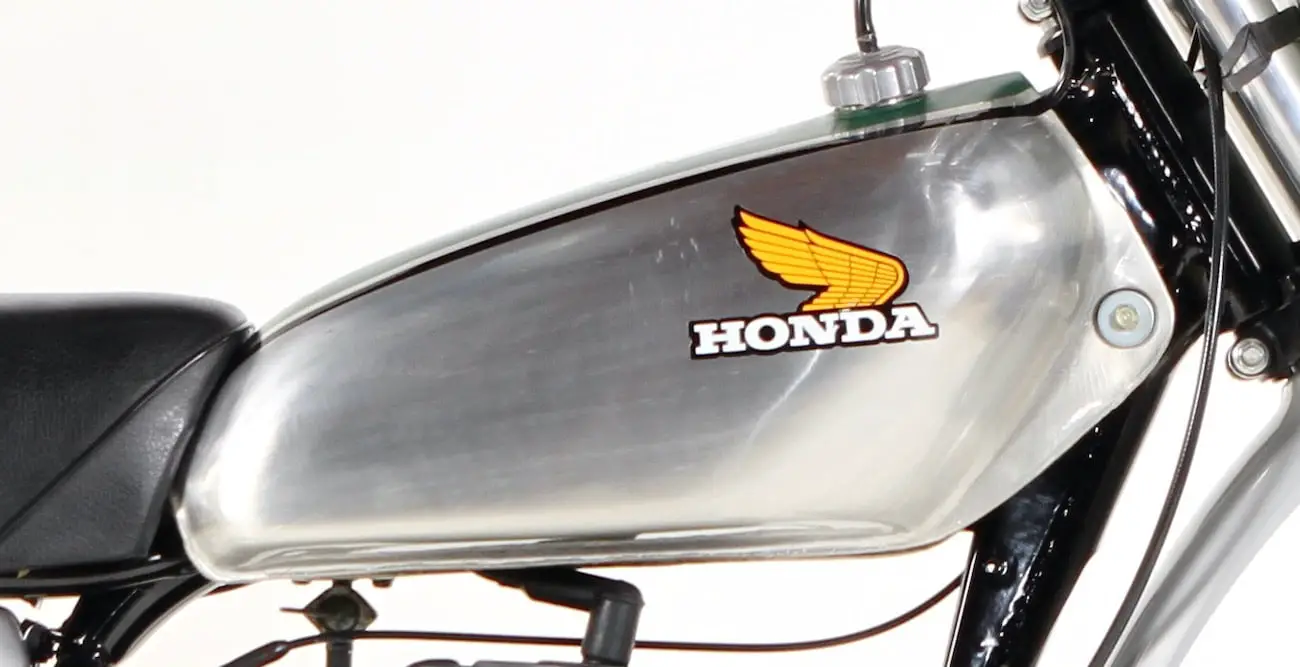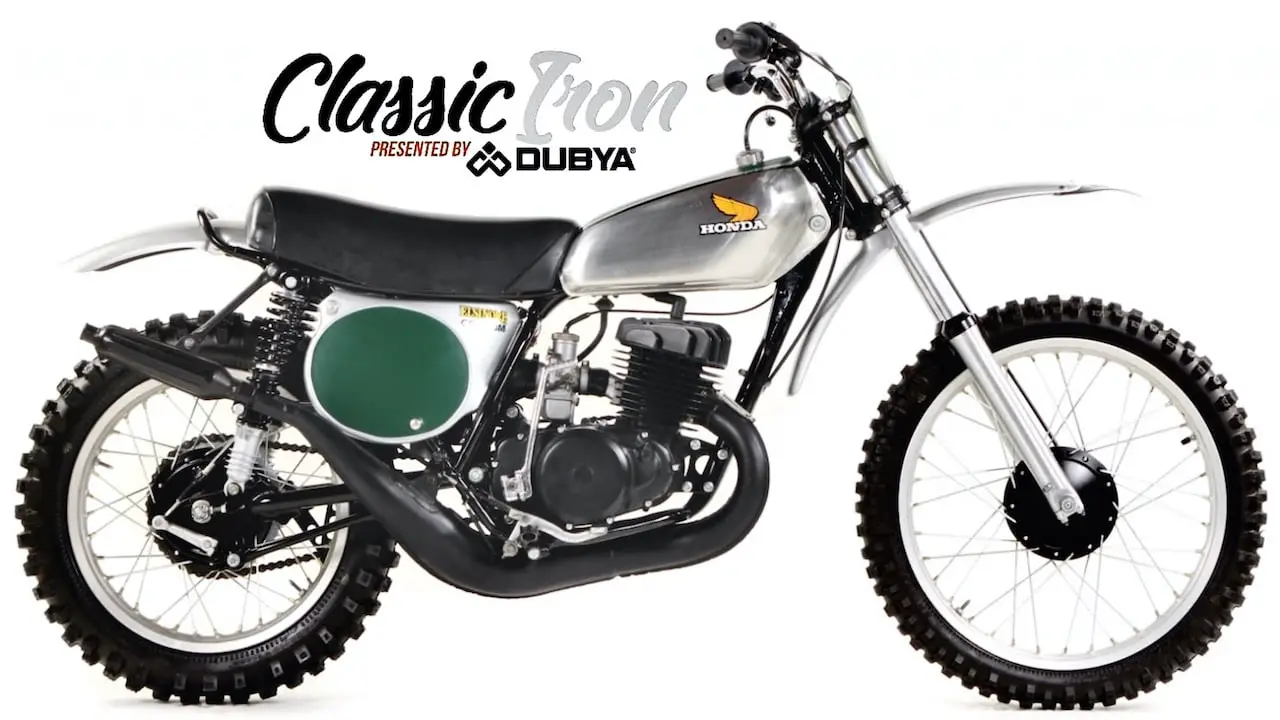CLASSIC MOTOCROSS IRON: 1973 HONDA CR250M ELSINORE
Announced in October of 1972 and on sale in the USA in March of 1973, the Elsinore was preceded by minimal hype but nevertheless generated great excitement. After all, it was Honda’s first two-stroke and first production motocrosser. It didn’t hurt that once it was available Honda released advertisements with movie star Steve McQueen.
The Elsinore, named after the famous Elsinore Grand Prix, was the lightest production motocrosser in the world, employing the latest available technology and high-tech materials. Compared to the European offerings, the Elsinore was vastly superior in user-friendliness, ergonomics, carburetion, durability and electronics. The CR250M’s molded plastic, satin-finished aluminum and magnesium in the engine cases became the new standard. Elsinores became as popular as free beer.
Soichiro Honda, the founder of the Honda Motors Corporation, was not interested in two-stroke motorcycles and didn’t want to build one, but the emergence of motocross in the late 1960s and early 1970s forced Honda to try to build a race bike. Unfortunately for Honda, but fortunately for the racing public, Honda’s four-stroke motocross prototypes were soundly thrashed by Suzuki two-strokes in test races in Japan. So, Honda shelved their anti-two-stroke feelings and began working on the 1973 Honda CR250M two-stroke concept (which the Honda R&D department had already been pushing to no avail).

When the bike was done, Honda wanted to get it accepted quickly, and went with the Steve McQueen ad campaign and backed that up by hiring AMA 250 National Champion Gary Jones to race the bike. In late 1972, Honda founder Soichiro Honda met with Don Jones, father of the 1971 and 1972 AMA 250 National Champion Gary Jones. Don said, “Mr. Honda wanted me to help develop the new Elsinore with Gary and DeWayne as the riders. I was reluctant to switch from Yamaha, as we had helped develop the YZ and were happy with the bike. Soichiro asked me how much we were getting from Yamaha and my accessory business. I told him, and he said, ‘I’ll double that.’ It was a done deal!”
At first, Gary and DeWayne struggled with the factory Honda. Reliability issues and poor communication with the factory mechanics were factors. Don told Honda that they didn’t want to race the works bike anymore, but instead wanted to get production CR250Ms and develop them. If not, the Jones gang would quit. Honda agreed to the terms, and Gary Jones went on to win the 1973 AMA 250cc National Championship (and then switched to Can-Am and won again in 1974).

Suggested retail in 1973 was $1145. This was close to what the European manufacturers were charging at the time. A piston cost $11.40, and rings were $3.00. This Early Years of Motocross Museum example is valued at $10,000. Recently, an unridden 1974 CR125M sold on Ebay for $17,500. The CR250M and an enduro/street-legal two-stroke model (dubbed the MT250) were the only two-strokes in Honda’s lineup until they were joined by the CR125M in 1974. The CR125 was a bigger success than the CR250, first, because it was a better bike and, second, because American teenagers flocked to the 125 class.
For collectors it is most important to find an Elsinore with a clean, undented tank. New and original tanks have sold for as much as $2000 on the vintage market. Elsinores came with lightweight finned shocks that were often replaced with Konis. For the collector, stock is best! Stock-stamped exhaust pipes with the original ribbed silencers, molded side panels and original levers are difficult to source.
For more info on classic bikes go to www.earlyyearsofmx.com







Comments are closed.